Revolutionizing Food Equipment: Top 10 Innovations Transforming the Kitchen Landscape
In today’s fast-paced culinary world, the evolution of Food Equipment plays a pivotal role in shaping the modern kitchen landscape. As chefs and home cooks alike seek efficiency, sustainability, and innovation, a new wave of technological advancements is emerging to meet these demands. From smart appliances that streamline meal preparation to eco-friendly tools that promote sustainability, the innovations in food equipment are revolutionizing how we cook and experience food. This article explores the top 10 groundbreaking inventions that are transforming kitchens across the globe, highlighting their impact on cooking techniques, food preservation, and overall dining experiences. Join us as we delve into these remarkable advancements that not only enhance culinary creativity but also redefine our relationship with food.
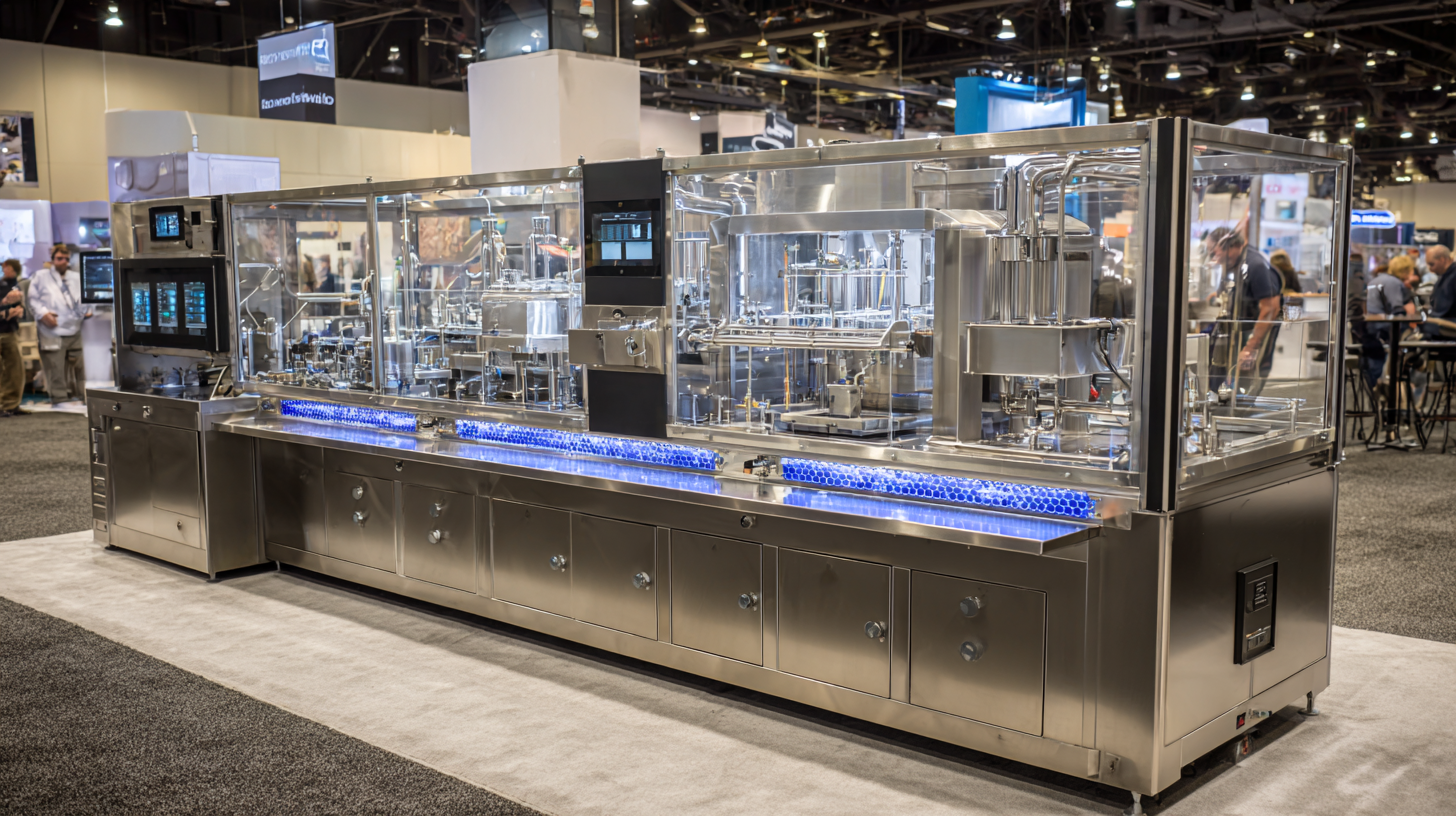
The Rise of Smart Kitchen Appliances: Integration and Convenience
The integration of smart kitchen appliances has transformed the culinary landscape, reflecting a broader trend within the growing smart home market. As consumers increasingly seek convenience and efficiency, smart kitchen devices such as IoT-enabled ovens and intelligent water kettles are rising in popularity, driving a compound annual growth rate of 34.9% in the smart kitchen appliance sector. The market is projected to expand from $4.38 billion in 2025 to an impressive $66.45 billion by 2034, showcasing a clear shift towards technology that enhances user experience while optimizing cooking processes.
Moreover, the surge in demand for integrated appliances highlights a need for seamless designs that fit modern kitchen aesthetics. Built-in kitchen appliances are gaining traction as they offer space-saving solutions combined with functionality, predicted to see significant growth due to consumer preference for efficient, stylish options. As the smart home ecosystem expands, innovations in smart lighting, HVAC systems, and home entertainment are also becoming increasingly intertwined with kitchen appliances, further enhancing the convenience and integration of technology into daily culinary practices. This dynamic evolution underscores a transformative era in kitchen equipment, promoting a lifestyle characterized by ease and connectivity.
Revolutionizing Food Equipment: Top 10 Innovations Transforming the Kitchen Landscape
| Innovation | Description | Key Features | Benefits |
|---|---|---|---|
| Smart Ovens | Ovens that can be controlled remotely via smartphone apps. | Wi-Fi connectivity, recipe guidance, self-cleaning. | Convenience, precision cooking, energy efficiency. |
| Sous Vide Precision Cookers | Devices that cook food to a precise temperature by immersing it in water. | Temperature control, programmable timers. | Enhanced flavor, perfect doneness, minimal effort. |
| Smart Refrigerators | Refrigerators equipped with touch screens and smart technology. | Inventory tracking, recipe suggestions, grocery ordering. | Reduced food waste, better meal planning. |
| Induction Cooktops | Cooktops that use electromagnetic energy to heat pots and pans directly. | Fast heating, energy efficient, safety features. | Faster cooking times, precise temperature control. |
| Smart Coffee Makers | Coffee machines that brew coffee based on user preferences and scheduling. | Mobile app controls, customizable brew strength. | Personalized coffee experiences. |
| Air Fryers | Appliances that use hot air circulation to fry food with minimal oil. | Rapid air technology, multifunctional cooking options. | Healthier cooking, versatility. |
| Smart Dishwashers | Dishwashers that can be managed via smart devices. | Wi-Fi connectivity, cycle customization. | Convenience, flexibility in operation. |
| Smart Blenders | Blenders with smart features for recipe execution. | Pre-programmed settings, app connectivity. | Consistency in results, easy recipe following. |
| Smart Grills | Grills that monitor cooking temperatures and times. | Connected thermometers, recipe programs. | Perfectly cooked food, reduced guesswork. |
Sustainable Innovations in Cooking Equipment: Eco-Friendly Solutions
The kitchen landscape is undergoing a significant transformation with sustainable innovations at the forefront. As consumers increasingly seek eco-friendly solutions, the market for stainless steel cookware and equipment is projected to reach $33.94 billion in 2024, with an expected compound annual growth rate (CAGR) of 3.9% leading up to 2033. This growth is driven by a shift towards durable, recyclable materials that not only provide better performance but also reduce environmental impact.
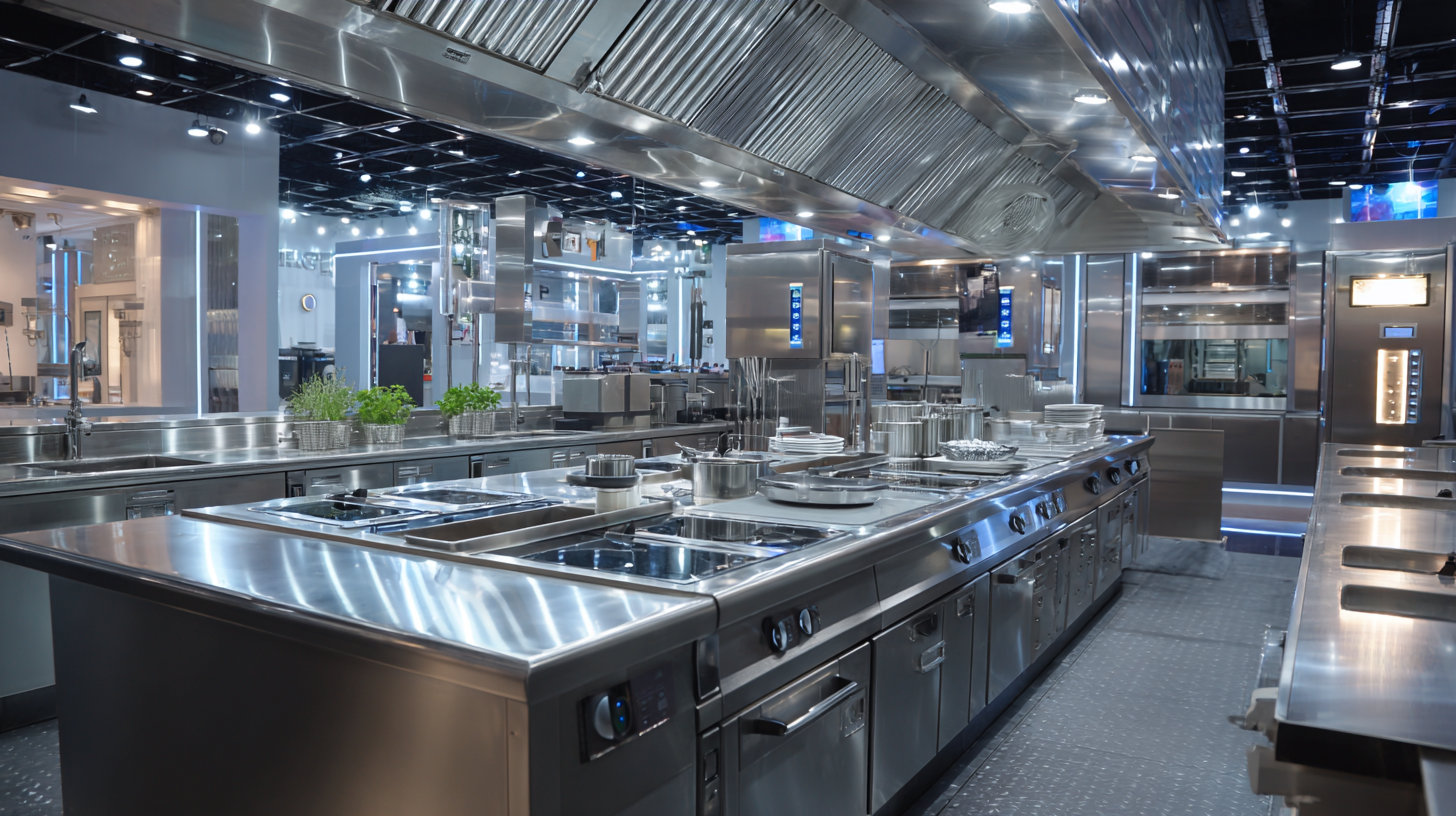
Meanwhile, the rise of IoT kitchen systems signifies another step toward sustainability in the culinary world. With a market size anticipated to surpass $20 billion in 2023, these smart systems offer convenience and personalization in cooking, fostering energy-efficient practices at home. Simultaneously, the integration of smart furniture technology into dining spaces, projected to grow at about 6.2% CAGR from 2026 to 2033, reflects a growing preference for innovative, sustainable materials that enhance customer experiences while minimizing waste. Together, these advancements illustrate a commitment to not only revolutionizing kitchen equipment but also promoting a greener, more sustainable future in culinary arts.
Advanced Food Preservation Technologies: Keeping Ingredients Fresh
In the realm of culinary innovation, advanced food preservation technologies are revolutionizing how ingredients are kept fresh, ultimately enhancing sustainability and reducing waste. According to a report by the Food and Agriculture Organization, approximately 1.3 billion tons of food are wasted annually, a staggering figure that underscores the need for more effective preservation methods. Innovations such as vacuum sealing, modified atmosphere packaging, and smart refrigeration systems are at the forefront of this transformation. For instance, vacuum sealing can extend the shelf life of perishable foods by up to five times compared to traditional methods, making it a crucial tool for both home cooks and commercial kitchens.
Moreover, the introduction of smart refrigeration technology has further advanced food preservation. These intelligent systems not only monitor temperature and humidity levels but also utilize advanced algorithms to maintain optimal conditions for various food types. According to a recent market analysis by Grand View Research, the global smart refrigerator market is expected to reach $1.3 billion by 2026, highlighting the growing demand for technology that safeguards food quality. By integrating such innovations, kitchens are not only preserving ingredients more effectively but also contributing to a more sustainable food ecosystem, ensuring that fewer resources are wasted and that fresh produce remains available longer.
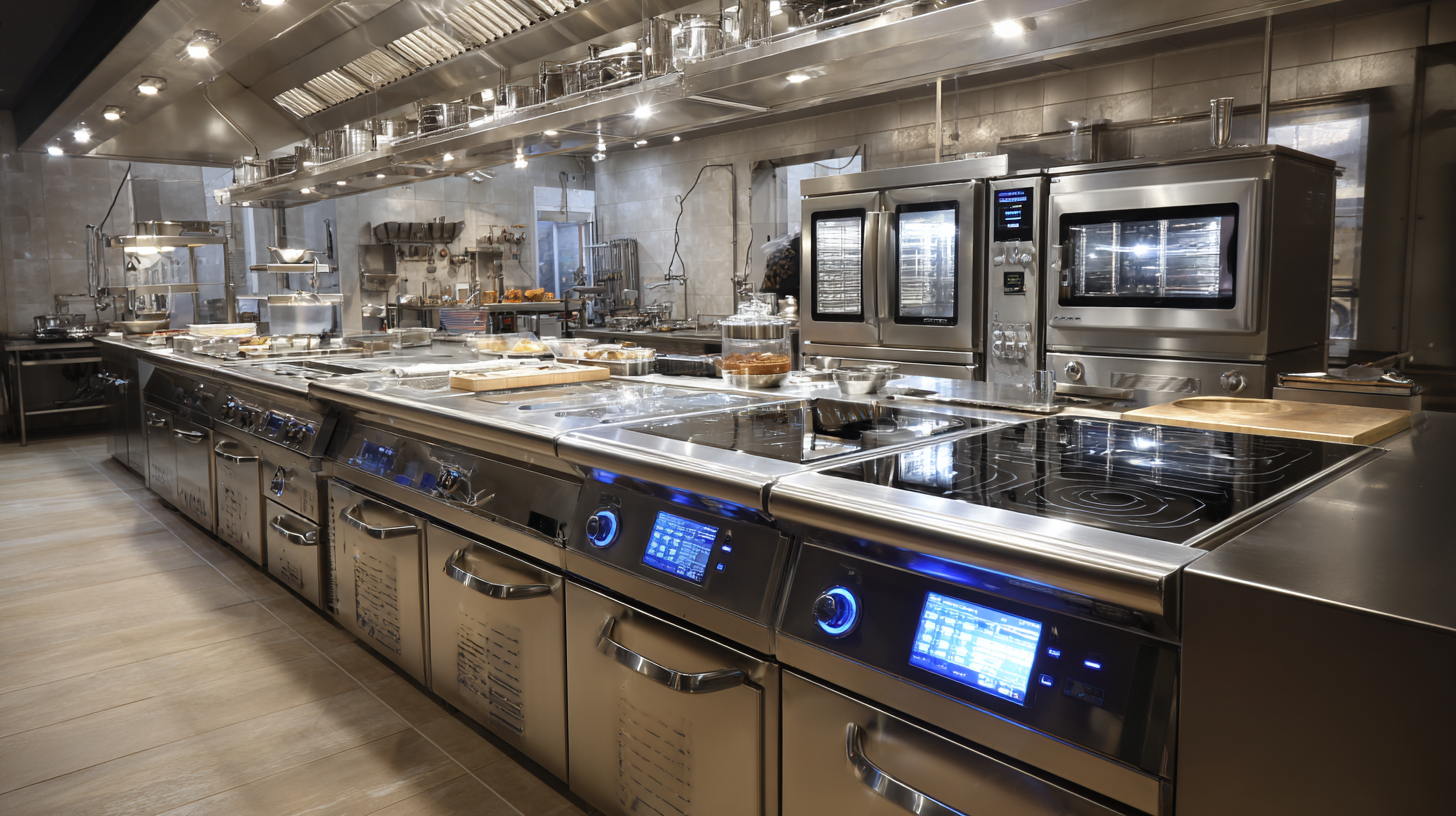
Automation in Food Preparation: Enhancing Efficiency and Precision
The food processing and handling equipment market is on an upward trajectory, projected to grow from $123.75 billion in 2025 to an impressive $189.51 billion by 2032. This significant expansion indicates a burgeoning interest in automation technologies that enhance efficiency and precision in food preparation. With the increasing demand for higher productivity and quality in food manufacturing, automated equipment is being adopted to streamline processes, reduce human error, and improve safety standards.
Innovations such as smart cooking appliances and robotic systems are transforming traditional kitchen operations. These advanced solutions empower chefs and food technologists to focus on creativity and product quality while leaving repetitive tasks to automation. In particular, the integration of AI-driven analytics allows for real-time monitoring, optimizing workflow and resource utilization. As these technologies evolve, they promise not only to reshape the culinary landscape but also to address the industry's ongoing challenges, including labor shortages and the need for consistent food quality.
Revolutionizing Food Equipment: Top 10 Innovations in Kitchen Automation
This chart illustrates the impact of various food preparation automation technologies on efficiency and precision in kitchens. The data represents the estimated percentage increase in efficiency attributed to different innovations.
Reimagining Cooking Techniques: The Impact of Sous Vide and Induction Technology
In the ever-evolving culinary world, sous vide and induction technology are at the forefront of transforming traditional cooking techniques.
Sous vide, meaning "under vacuum," employs precise temperature control, allowing chefs to immerse vacuum-sealed ingredients in a water bath. This method enables consistent cooking results, enhancing flavors and textures while preserving the nutritional integrity of foods. As more home cooks embrace sous vide, its ability to deliver gourmet quality meals with minimal effort is revolutionizing meal preparation.
Induction technology complements this innovation by providing rapid, efficient heating through magnetic fields that directly heat pots and pans rather than the cooktop itself. This advancement not only leads to faster cooking times but also offers enhanced safety features, as the cooktop remains cool to the touch. Together, sous vide and induction technology are redefining kitchen landscapes, allowing both amateur and professional cooks to experiment with new culinary possibilities while achieving restaurant-level results in their own homes.
Related Posts
-
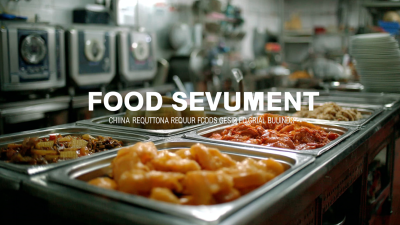
China Quality Revolution in Best Food Service Equipment for Global Buyers
-
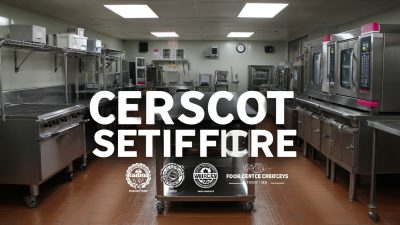
Navigating Import Certifications: How to Ensure Compliance for Best Food Service Equipment
-

Innovative Food Equipment Solutions That Elevate Your Culinary Business
-
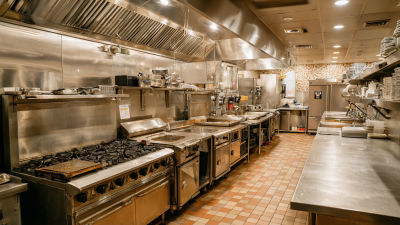
Mastering Your Restaurant Equipment Choices with Proven Strategies for Global Buyers
-

How to Elevate Your Culinary Business with Essential Commercial Kitchen Accessories
-
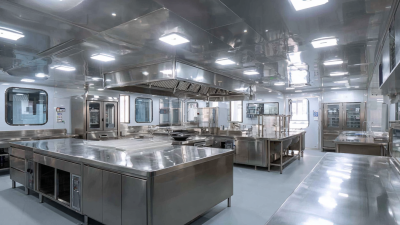
Cafeteria Equipment Innovations Shaping the Future of the 2025 China Import and Export Fair
